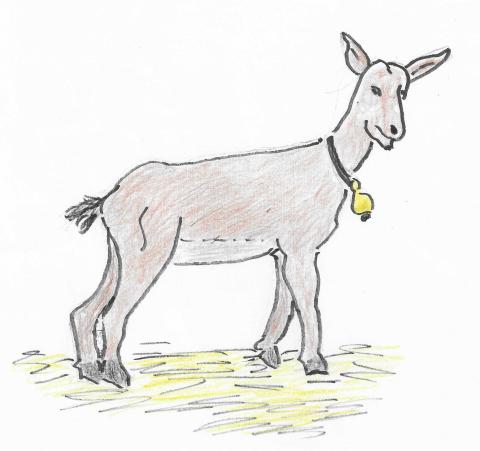'Waterless cookware' is a misnomer
I remember back in the 1950s when waterless cookware was all the rage. The War was over. New things were popping up everywhere.
Some of them were based on wartime inventions. The microwave oven was a prime example.
Waterless cookware wasn’t really waterless. The pans were club aluminum with a tight-fitting lid. If you cooked them on low heat, you didn’t need to add extra liquid, just a small amount to start with. That was what was meant by waterless.
I am leading up to a story about the Chicago couple who bought Dad’s 160-acre farm at Pulaski. They were definitely a different breed from what we knew around Pulaski: City folks.
Farming was going to be a new experience for them. Having them as neighbors would be a new experience for us.
The wife was Jewish. She followed their dietary rules. She might have been Orthodox, but since she was my first encounter with a person of that persuasion, I had nothing to base that assumption on.
Myra and her husband were definitely different. They raised goats. That was something new for Pulaski Township. Cows, sheep, pigs and poultry, but no goats. Myra and her husband butchered a goat.
Back to the waterless cookware. They had received a set for a wedding present. Instructions were seldom given back in that day.
We are spoiled with all the information nowadays on a can of green beans, for instance. Then, only the product itself, the weight and the name of the packer was on the can.
Same way with most everything else. If you couldn’t figure it out, you asked somebody. Waterless cookware fell into that category.
Anyway, Myra invited Pug and me for dinner and an evening of card-playing. We were seldom invited anywhere, so it was going to be a treat. Or so I thought. We arrived at the appointed time. The house was warm and smelled of food. But the smell was different from what I was used to. We sat down to dinner.
Myra fixed a plate of mashed potatoes and goat meat for me. That was all that was on the plate. She pulled a chair over close to me and got in my face, watching me eat.
“How do you like the goat meat?” she asked.
It was awful—tough and dry. I tried to chew it into submission, but to no avail.
“How do you like it?” she asked several times.
I couldn’t tell her how dry and weird it tasted.
“I fixed it in my new waterless cookware. No added water was necessary,” she said. “How do you like it?”
I didn’t.
I never hear the phrase “waterless cookware” without remembering that miserable evening. The goat meat didn’t lay peacefully in my stomach. It sort of grumbled around down there.
I know that sheep meat is mutton, but what do you call goat meat?
- Log in to post comments
